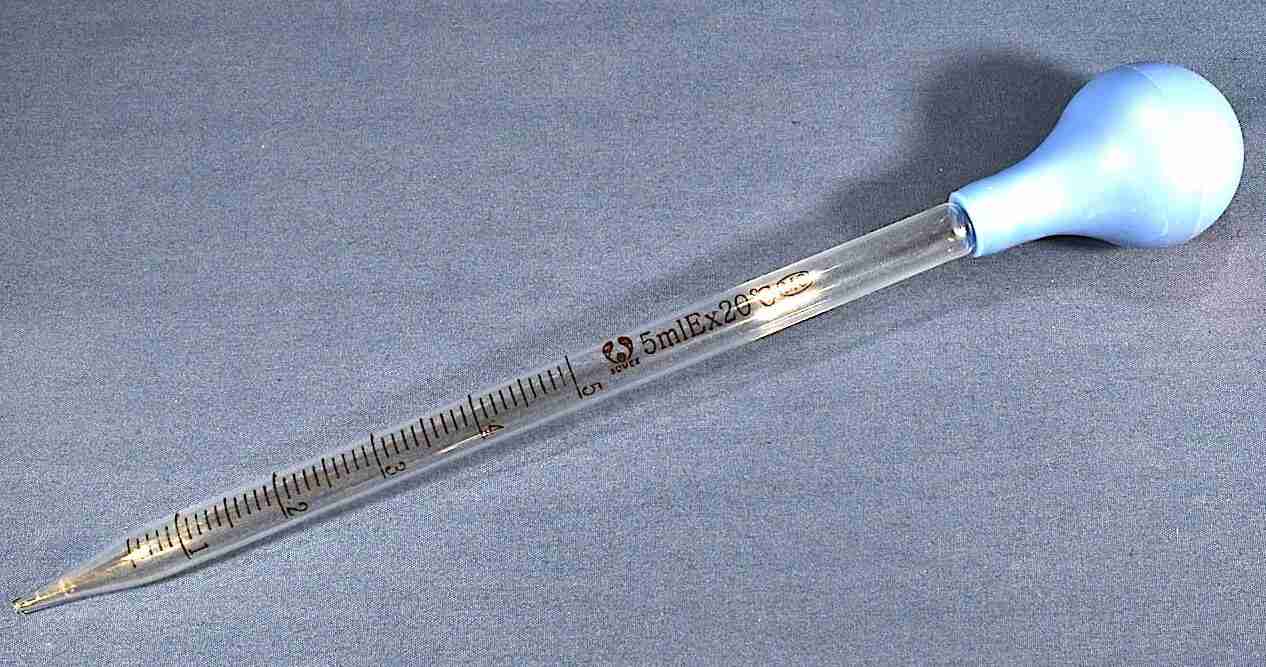Understanding Pipette Diversity: Types and Uses, roland – Pipettes are essential tools in laboratories, used to measure and transfer precise volumes of liquid. Their diversity in types and uses makes them invaluable in various scientific disciplines, including biology, chemistry, and medicine. Understanding the different types of pipettes and their specific applications is crucial for achieving accurate and reproducible results.
Types of Pipettes
Air Displacement Pipettes
Air displacement pipettes are the most commonly used type in laboratories. They function by creating a vacuum to draw liquid into a disposable tip. There are several subtypes:
Single-Channel Pipettes: Designed for transferring single volumes, these pipettes are ideal for tasks requiring high precision.
Multi-Channel Pipettes: These are used for simultaneously transferring multiple samples, making them perfect for high-throughput applications such as ELISA assays.
Positive Displacement Pipettes
Positive displacement pipettes are used for highly viscous or volatile liquids. Unlike air displacement pipettes, they use a disposable piston that directly contacts the liquid, ensuring accurate measurements without the risk of evaporation or viscosity-related errors.
Electronic Pipettes
Electronic pipettes offer enhanced precision and ease of use through motorized operations. They can be programmed for specific protocols, reducing the potential for user error and increasing efficiency in repetitive tasks.
Repeater Pipettes
Repeater pipettes are designed for dispensing the same volume of liquid multiple times. They are particularly useful in serial dilutions and other applications where repetitive pipetting is required.
Uses of Pipettes
Molecular Biology
In molecular biology, pipettes are indispensable for tasks such as PCR, DNA/RNA extraction, and gel electrophoresis. Accurate liquid handling is crucial for ensuring the integrity of samples and the reliability of results.
Clinical Laboratories
Clinical laboratories rely on pipettes for diagnostic tests, including blood analysis, immunoassays, and microbiological cultures. Precision in liquid handling directly affects the accuracy of diagnostic results.
Pharmaceutical Research
In pharmaceutical research, pipettes are used in drug development and testing. Tasks such as compound dilution, cell culture, and bioassays require precise volume measurements to ensure consistency and reproducibility.
Environmental Testing
Pipettes play a significant role in environmental testing, including water quality analysis and soil testing. Accurate sampling and measurement are vital for detecting contaminants and assessing environmental health.
Conclusion
Understanding the diversity of pipettes and their specific uses is essential for any laboratory professional. By choosing the right type of pipette for the task at hand, scientists can ensure accuracy, efficiency, and reproducibility in their work. As technology advances, the development of more sophisticated pipettes will continue to enhance the capabilities of scientific research and diagnostics.
About Fume Hoods
A fume hood, also known as a fume cupboard or fume closet, is an essential piece of laboratory safety equipment. It’s a ventilated enclosure that captures and removes hazardous fumes, vapors, and dusts from the work area, ensuring that users are not exposed to potentially dangerous substances. The device typically features a movable sash window on one side, which allows for the containment and exhaust of gases and particulates. This can be done either by venting them out of the building through ducts or by filtering and recirculating them back into the room.
Fume hoods are crucial in laboratories where chemicals and substances that emit harmful gases are frequently used. They provide a controlled environment for experiments and procedures that might otherwise release toxic materials into the lab space. Modern fume hoods are constructed to meet various standards and can come in different sizes and configurations, including small, portable units and large walk-in models that can accommodate significant equipment.
Regular maintenance of fume hoods is vital to ensure their proper function and the safety of laboratory personnel. Innovations like variable air volume systems and occupancy sensors have been developed to improve the energy efficiency of these devices, as they can consume a significant amount of energy due to their constant ventilation requirements.
In summary, fume hoods play a pivotal role in maintaining a safe laboratory environment by effectively controlling exposure to hazardous substances. Their design and operation are geared towards providing both safety for users and protection for the environment from potential contamination.
To wrap up, if you’re in the market for a lemari asam, our selection promises to meet your laboratory needs with superior quality and safety standards. Our fume hoods are designed to protect you from hazardous chemicals and vapors, ensuring a secure environment for your scientific endeavors. With our commitment to excellence and customer satisfaction, you can confidently invest in a fume hood that will serve you reliably for years to come. Reach out to us for a consultation and take the next step in securing a vital piece of laboratory equipment.



